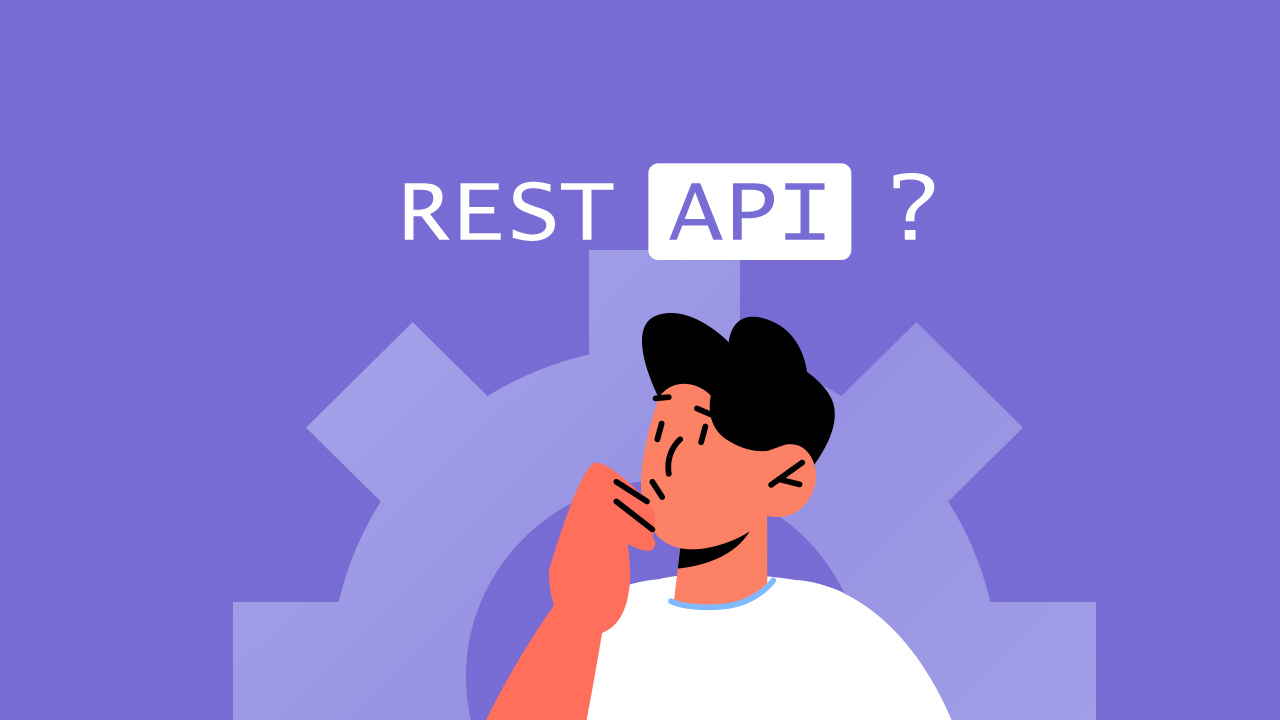
We previously talked about the importance and silent benefits of API integration to every business—it provides accurate data, monitors information, and automates manual processes. While the API makes communication of two applications possible–REST API is the one which defines how these applications can connect with each other. In this blog, we’ll dig deeper on what the REST API is all about–and how it can benefit your online PDF forms.
Table of Contents:
3. How does the REST API work?
4. Why is the REST API beneficial?
5. Convert PDFs to forms and more with PlatoForms’s RESTful API
Read more: How API Boosts Your Business
Recap: What is API?
APIs allow applications to interact with each other by exchanging messages through a defined protocol. A protocol allows programs to communicate with one another. A web application programmer writes code for an API (application programming interface) so clients can access its functionality through their own applications.
APIs integrate two or more apps together by sharing data and doing a shared task so they can communicate with each other. On one hand, REST APIs are useful for building applications using web services. On the other hand, These sites use RESTful APIs (REST stands for Representational State Transfer) which let users access their accounts through web browsers.
What is REST API?
Representational state transfer (RESTful API design) allows for the use of already established protocols. When using RESTful web services, most people use HTTP (Hypertext Transfer Protocol) because it’s widely available. Developers don’t need to install any extra software in order to use a REST API design. They just need access to their web browser. REST APIs were first described by Dr. Roy Fielding in his doctoral dissertation at Stanford Roy Fielding wrote an academic paper called “Doctoral Dissertation” (2000) Its extreme level of flexibility makes it an excellent choice. Because data isn’t bound by specific methodologies and tools, RESTful APIs allow for various kinds of requests and responses, including returning different data formats and changing their structure depending upon which HTTP verb was used.
With its ability to meet any need, REST APIs give developers the power to create applications for their own use without having to worry about compatibility issues.
REST defines what an API looks like. REST stands for Representational State Transfer. An API (Application Programming Interface) is a set of rules for creating an application programming interface. You must be able to obtain a particular type of data from a given web page if you want to use its content for any purpose whatsoever.
How do REST APIs work?
A REST API communicates using HTTP requests to perform common database operations like create, read, update, delete (CRUD). A RESTful web service uses HTTP methods (GET, POST, etc.) for requests and responses. You can use any HTTP method when making an API call. An API designed properly is similar to having an actual website run inside a web browser.
A resource’s current state (or “resource representation”) refers to its value at a specific time. You can deliver this content in almost any format including JSON, HTML, XML, XLSX, TXT, PYTHON, or PLAIN TEXT. Because it’s human-readable and machine-friendly, JSON is used for web services and APIs. It’s not tied to any specific programming language.
Request headers and request parameters are just as important when making REST API requests as they are for any HTTP call. They contain important identification information including metadata, authorization tokens, URIs, cache control, cookies, and more! Well-designed REST API uses request headers and response headers along with conventional HTTP status code responses.
Why is the REST API beneficial?
Although flexibility is a big advantage of REST API design, that same flexibility makes it easy to design an API that’s broken or performs poorly. For this reason, professional developers share best practices in REST API specifications. Securing a REST API also starts with industry best practices, such as using hashing algorithms for password security and HTTPS for secure data transmission. Aside from flexibility and specificity, there are a lot of benefits from using REST API–some of them include:
Can integrate easily.
If you’re starting out with just one endpoint, then you probably won’t need anything too complicated. It doesn’t mean that every app using your service knows exactly what to do without any input from you. It makes things easier for developers connecting your API if they know where to look.
It uses HTTP (Hypertext Transfer Protocol).
Ubiquitous Standards: Another feature related to ease of integration is using common standards so they’re easy to integrate into applications. When talking about HTTP, the Web’s protocol, and outputting either JSON or AtomPub, it makes sense to use libraries that allow for connections from any programming language and platform.
It’s scalable.
A stateless architecture provides a scalable solution for applications where there may be multiple instances running at any given time. You can easily add features to an already built web application by using REST API instead of starting from scratch.
It’s independent.
Asynchronous communication makes it easier to develop different parts of an application independently from one another. Moreover, the REST API is flexible enough for use by different programming languages and platforms. This allows testing in a variety of contexts throughout development.
It has organized interface.
Developers who create REST APIs must adhere to certain standards when they design their services. As a result, the output is an API that provides a consistent user experience for developers using any type of application programming interface ( A REST API works as an agreement between clients and services where they share their resources through HTTP requests. It is used for sharing data across multiple systems. What use is this for? Developers use APIs when they need to share their code globally so that different parts of an application can talk to each other.
It has upgradable system.
Each REST-enabled component communicates directly with its own component but not with any others. A client connecting to an intermediary component doesn’t necessarily know which component they’re going to connect to next. It makes sense for developers to create separate components that are easily upgraded—which makes the system more organized.
Convert PDFs to forms and more with PlatoForms’s RESTful API
Here at PlatoForms, we don’t just provide the usual API–our RESTful APIs allow you to do more than just converting your PDFs to online forms, which include:
Getting the submission metadata of your PDFs: Obtain the raw data of your PDF submission and generate its download URL.
Get ahold of revision data: When someone submits a form, you can obtain the raw data of all revisions every PDF submission.
Download files: You can download the generated PDF or attachment files on your forms.
Pre-populate your forms: Aside from converting PDFs to forms, you can also pre-fill your forms or workflow by invitation.
Submit your forms: Once your clients completed their online PDF forms, they can also submit your forms to generate its PDF file. To add, submitting workflow is also possible through RESTful API.
Manage webhook: Converting your PDFs to online forms is only the start–we also provide webhook for form submission.
Know more about our API integration and RESTful API in our documentation here.




